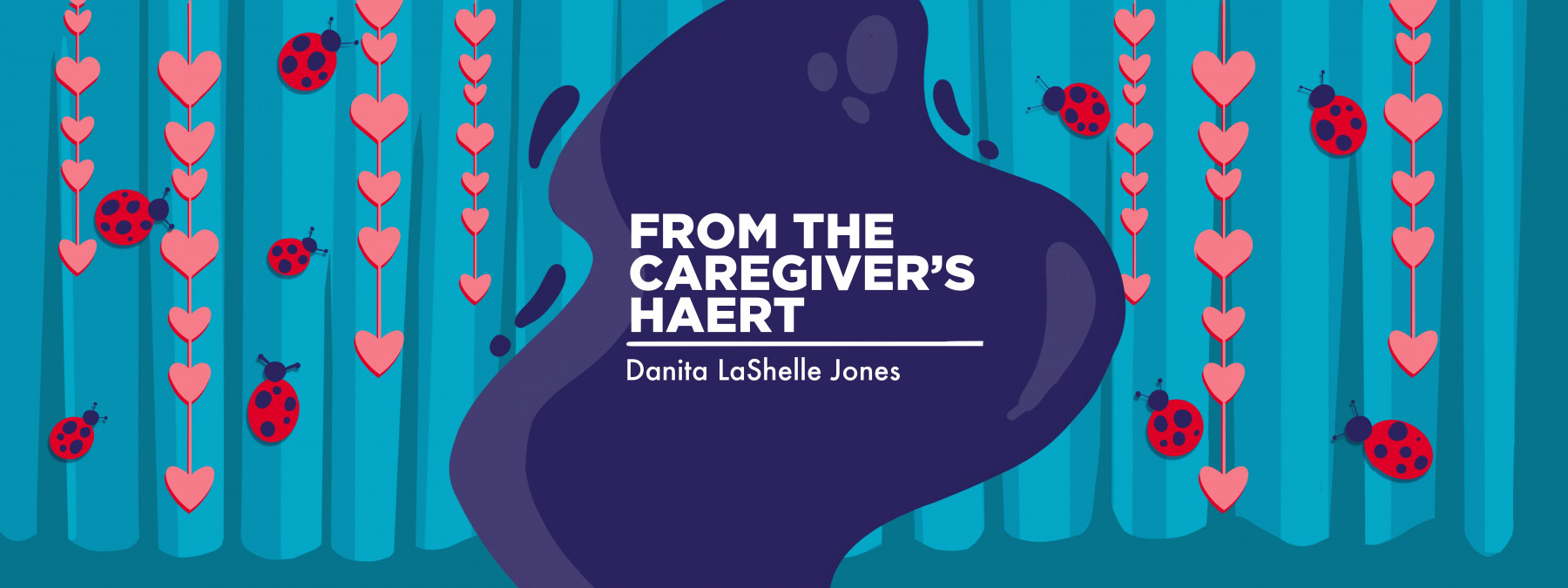When a Hail Mary works in hereditary angioedema treatment
A last-ditch effort turned out to be a "medical touchdown" for my daughter
Written by |

With all odds against him, it was his last chance to win the game.
During a football game in November 1984, the University of Miami was set to beat Boston College, leading 45-41. Although Boston College had possession of the ball, because they were more than 60 yards away from their end zone, Miami set up a defensive play that didn’t cover a post route for Boston’s receiver.
The reason? It’s believed that Miami didn’t think the 22-year-old, 5-foot-9-inch Boston quarterback, Doug Flutie, could throw a touchdown pass that far down the field.
With defenders pressing on him, Flutie threw a 63-yard pass to Gerard Phelan, who was in the end zone.
The game-winning pass was so memorable that a statue commemorating the moment was unveiled outside Alumni Stadium at Boston College in November 2008.
There are many other memorable Hail Mary moments in sports, but this play is often referenced because the odds were against Flutie’s success at that moment.
Did Flutie think he was going to win the game off the pass? By his own account, he didn’t even realize he was that far from his receiver. He didn’t even know who caught the ball. He just knew someone did, and they won the game.
I often think of our family’s own Hail Mary, though it had nothing to do with football.
‘Medical touchdown’
Before her official hereditary angioedema (HAE) diagnosis in 2021, our oldest daughter, whom we lovingly call Ladybug, had a severe uptick in trips to the emergency room. We’d spent years logging over a thousand driving miles to different specialists and paying thousands of dollars in copays, all to find that the best answer healthcare professionals could provide was that she had terrible allergies.
In the summer of 2019, after a meaningful encounter with an incredible doctor, there seemed to be a plan for moving forward. However, when I had to rush Ladybug to the hospital due to what we now know was a laryngeal flare, it seemed like all hope had been lost.
Even epinephrine and Benadryl (diphenhydramine) weren’t able to stop the inevitable. Doctors in the ER did everything they could, and when they seemed to slow the reaction, they transferred her to the pediatric intensive care unit (PICU) with the understanding that Ladybug may have to be intubated if she got any worse.
“We’re going to call Birmingham,” the PICU doctor told me. That’s where Ladybug’s new specialist was; he was our last hope.
When the nurses wheeled in a machine to start a Berinert (human C1 esterase inhibitor) infusion, I had no expectations. We’d been through so many swells, weird symptoms, and moments that gave us no answers. The order for this medicine I’d never heard of seemed like a Hail Mary.
Hours later, medical touchdown! Ladybug bounced up in her hospital bed, asking for Jell-O and popsicles and wondering when she could go home.
We had miles to go from that moment, and there will be many more “games” in the future. But on that day, seeing the medication work felt like winning a championship.
When caring for a person with HAE, medical improvements can seem like a last desperate attempt to improve their health. However, knowing that healthcare professionals are willing to do everything they can for their patients makes caring for our loved ones feel like a game-winning strategy.
Note: Angioedema News is strictly a news and information website about the disease. It does not provide medical advice, diagnosis, or treatment. This content is not intended to be a substitute for professional medical advice, diagnosis, or treatment. Always seek the advice of your physician or other qualified health provider with any questions you may have regarding a medical condition. Never disregard professional medical advice or delay in seeking it because of something you have read on this website. The opinions expressed in this column are not those of Angioedema News or its parent company, Bionews, and are intended to spark discussion about issues pertaining to angioedema.







Karl G Klopatek
I have had 4 episodes of H A E OVER THE PAST 4 YEARS AND ENDED UP IN ICU 3 TIMES .I'M LOOKING FOR BOTH REMEDIAL AND PREVENTATIVE INFORMATION THERE IS VERY LITTLE KNOWLEDGE ABOUT THIS ISSUE HERE IN RENO NV. ALL EPISODES INVOLVED THE TONGUE KARL GK